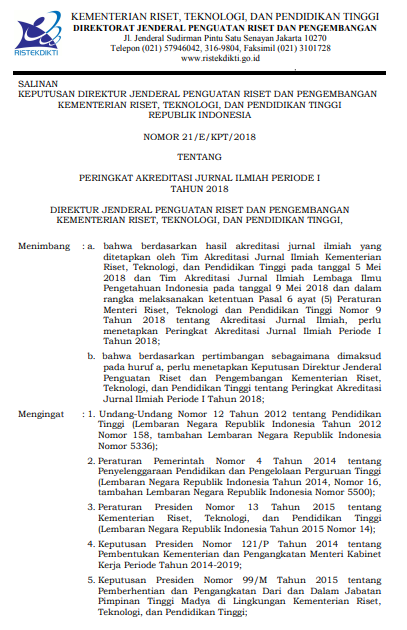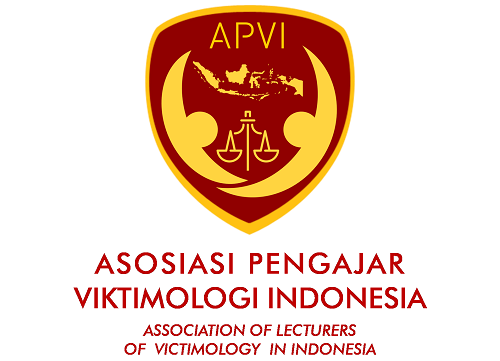CONTEMPT OF COURT (KAJIAN TENTANG IDE DASAR DAN IMPLEMENTASINYA DALAM HUKUM PIDANA)
Abstract
Contempt of Court historically comes from Common Law in England where as it represents the king as the God Representative in the world to punish whoever against its commands and prohibitions. The term of Contempt means indignity so contempt of court means an action insulting the board of court. The researcher is interested in the Contempt of Court research in Indonesia since there are a lot cases which could be qualified as Contempt of Court but the regulation has not been clear enough. The data needed are secondary data and supported by the primary data got from interviews with the experts of criminal law. The result of the research shows that the basic idea of the contempt of court managed in the criminal code is closely related with and afford to promote the high authority and privilege. Contempt of Court in Indonesia is implemented in the articles which spread out of the Criminal Code especially offences related with “rechtspleging” and draft of law of criminal code which has been directed on its chapter itself namely Chapter VI about crime act on holding the judicature from the article 325 up to 335 of draft of law of the Criminal Code. The conducts which could be classified as the contempt of court is now days essential in Indonesia to keep the authority and privilege of justice institution to take action againts the actors of contempt of court to apply the articles of Criminal Code.
Kata kunci : melawan hukum, sistem hukum
Full Text:
PDF View
DOI: http://dx.doi.org/10.20884/1.jdh.2009.9.2.221
Refbacks
- There are currently no refbacks.
JURNAL DINAMIKA HUKUM Indexed by :
 | Jurnal Dinamika Hukum | |
| Faculty of Law, Universitas Jenderal Soedirman | Copyright of Jurnal Dinamika Hukum | |
| Yustisia IV Building, Law Journal Center | ISSN 2407-6562 (Online) ISSN 1410-0797 (Print) | |
| Purwokerto, Central Java, Indonesia, 53122 | JDH is licensed under a Creative Commons Attribution 4.0 International License | |






